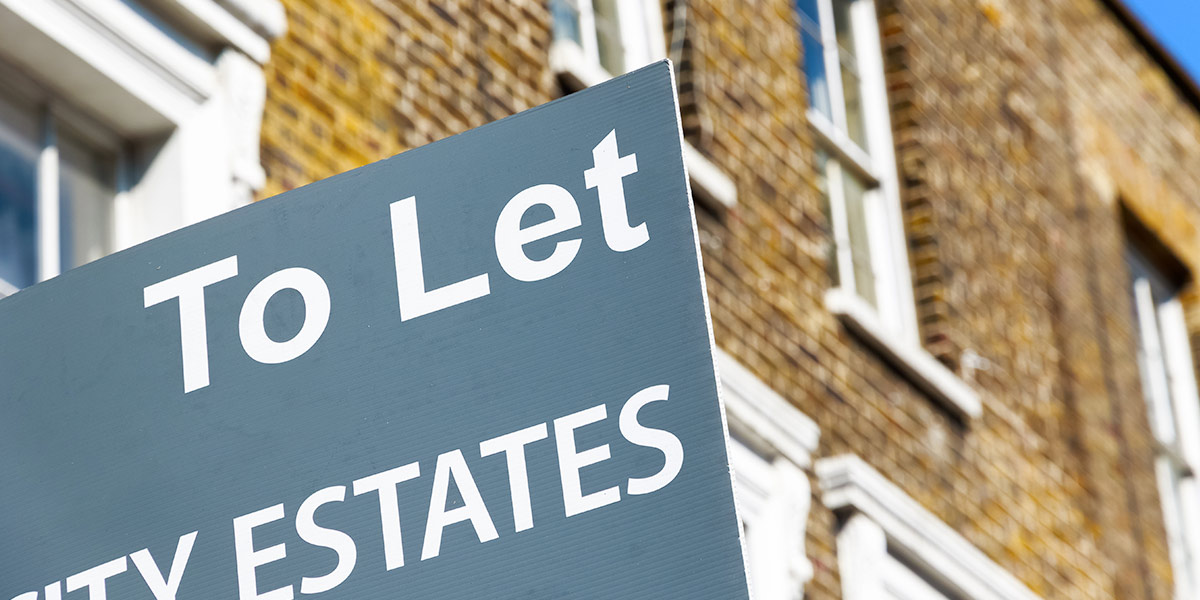It’s possible to buy a nice new house, but actually live in the Dark Ages. Not me though.

Feudalism: another alternative investment opportunity
I looked at buying a leasehold property last month and quickly discarded the idea. The list of constraints on “my” property was longer than a novel: no screen-printed vans meant I’d have to jettison my engineer son, while a caravan-ban is simply unacceptable to a Welshman.
Leasehold property makes up roughly a fifth of privately owned English housing stock, yet it’s virtually non-existent anywhere else in the world. It’s a relic of bygone ages where peasants were granted the right to live on an aristocrat’s land in return for working the fields and paying their masters in livestock or grain.
This quirk of the law was brought back into fashion in the early 20th century by landlords who found their ability to increase rents stymied by legislation that protected tenants. They could circumvent these protections by selling long-term leases of 100 years plus. That way they could get more money than typical renting would allow while retaining ownership of the property.
Flats account for 70% of the leasehold dwellings in England, and these make at least some sense. By leaving the freehold owner in charge of looking after communal areas: hallways, shared walls, entrances and doorways, much hassle is eliminated along with the need for co-ordination. Whether leasehold is the best way to solve this issue is another argument entirely.
For the last few years, ground rents have been just one of the many esoteric cash flow-rich investments being peddled as “low-volatility, uncorrelated alternative investments” for yield-starved UK investors. Now ground rents have hit the mainstream, but not in a way that managers of these funds – or their investors – will appreciate.
Typically, ground rents levied by freeholders were “peppercorn”, amounting to £100 or £200 a year. However, over the past decade, landowners have become much more aggressive with terms. A Guardian investigation shows some of the UK’s most prominent housebuilders have written contracts that see ground rents double every 10 years, leaving some properties virtually unsellable because of the spiralling liabilities. Ministers have been quick to damn the practice and reform is in the air. And it could be that the investor appetite for yield has been behind the explosion of peppercorn rents into more significant cash flows. About 15% of new-build homes sold last year were leasehold, according to the Telegraph, with many of the freeholds being sold on to funds or offshore interests.
There are several funds that buy up freehold titles or the ground rent cash flow. One of these was the Ground Rents Income Trust. It has been in hot demand – the share price trading 10% higher than the value of its assets. But as we have warned about other “low-volatility, uncorrelated alternative” strategies, such as aircraft leasing, peer to peer lending and litigation finance, these investments are great till they’re not. Over the past few months, the real estate investment trust’s (REIT) share price has slumped to 10% below the value of its portfolio, a 20 percentage-point swing.
People are investing in these types of assets in a scramble for yield, but even more worryingly they’re increasingly being used for portfolios in drawdown for pensions. It is dangerous to mistake low volatility for low risk. Just because an asset’s valuation doesn’t move much, doesn’t mean the value hasn’t changed. It could be that illiquidity is masking the changes – you only realise how much the price has moved when it comes to selling.
There are two lessons here.
The first is a reality of our modern age: if the government is the major client or if a large chunk of an investment’s revenue is vulnerable to a change in government policy, you have to factor that into the price you pay.
The other is as old as capital markets: yield is vanity, liquidity is reality.

